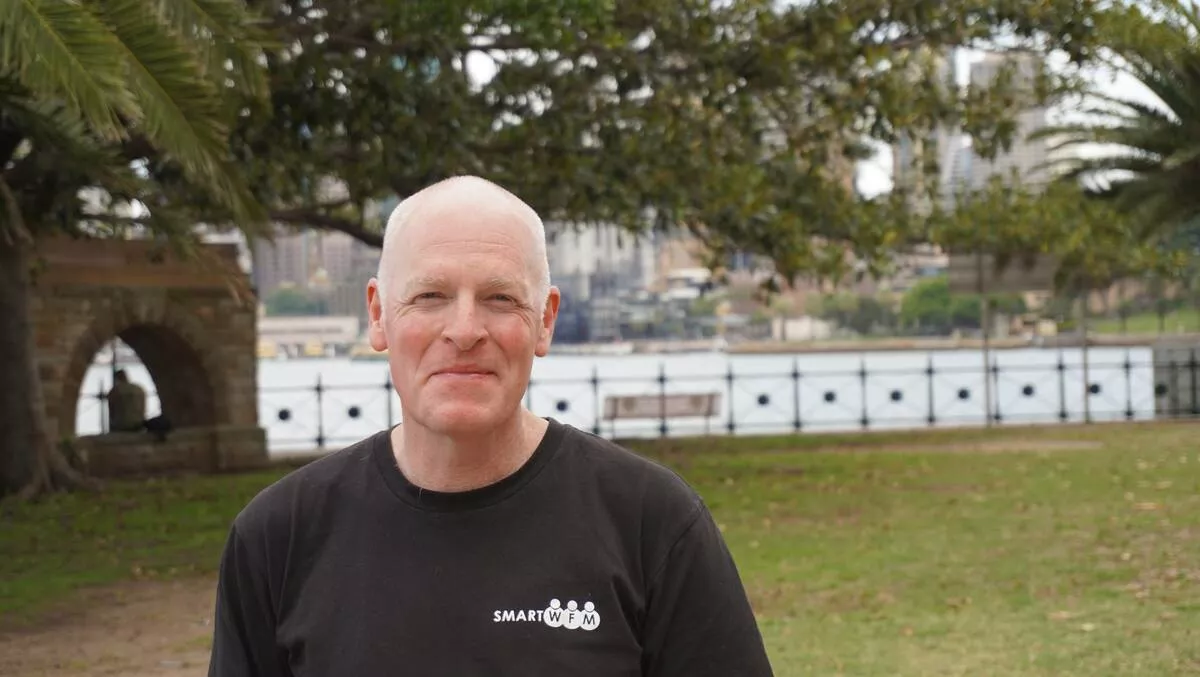
Undoing the productivity gaps of knowledge work
As Australia accelerates its digital economy and Australians head for the polls, one word is central: productivity. With inflation at a record high, we need greater productivity for wages to keep pace and to increase GDP as a whole.
In a world where everyone from economists to armchair experts has created any number of ways to measure good times versus bad, productivity remains the simplest, most relied upon method used by governments at Budget time, during election campaigns, and at other important milestones. The Reserve Bank of Australia (RBA) defines it as 'how much output can be produced with a given set of inputs', with labour and multifactor productivity the two main concepts under that definition.
Its value lies in its simplicity – if a person, a business, or a country can produce more in a set period of time, they can create more value. That can lead to, for example, greater GDP, wealth creation, and commanding a higher salary, all while creating greater competition which in turn leads to even greater productivity.
Fortunately, we have not a new but certainly a quicker-evolving tool at our disposal to drive productivity: technology. Experience and skill only take us so far – technology has enabled us to stretch our productivity beyond what we can do ourselves, and it's ensured that we have, for the most part, continued to increase productivity for years.
However, that upward trend looks like it's coming to an end. In recent years, we've hit a point of diminishing returns – the average Australian is $11,500 worse off every year due to a decade-long slump in productivity, according to a report from the Productivity Commission. Similar trends are causing concern for governments worldwide, which begs the question, why is technology no longer enabling a productivity boost?
Breaking the habit
Humans are both great copycats and creatures of habit, sometimes to our detriment. Most of us have things we'd like to change about who we are, what we do, what we buy, etc., but habit pushes us down familiar paths.
We see this play out in the workplace – new systems and shiny software might promise to make our lives easier, but whether it's inertia or just comfort in the old way of doing things, people often struggle to ditch what they've known for so long. If a colleague transitions and transitions well, it becomes easier to follow suit – not to mention the safety net provided by having someone there to guide you through the process.
Technology struggles here because of who buys and sells the solutions – in most cases, it is a knowledge worker both buying and selling the solution. In my experience as both a knowledge and a manual worker, they speak different languages. The term itself even carelessly implies that manual workers don't apply their 'knowledge' to their work.
For example, a technology sales rep may understand the day-to-day of a community engagement officer, a manufacturer, or an ER nurse at a point in time. But they're less likely to understand the full journey of these professionals, and their own knowledge worker priorities – usually moving on to the next sale – tend to take precedent over making sure what they're selling sticks.
Montefiore is an example of an organisation taking the unconventional approach of letting the frontline lead the technology rollout. The Sydney aged care organisation invested in a new workforce management system to reallocate shifts, automate rostering and provide a better staff experience – promoting a long-term nursing manager to a new position to lead this transition.
That decision recognised technology for what it is – a tool for transformation, not the transformation itself. It allows the coal face to champion the tech, ensure it's designed to meet peoples' needs, and work with people to aid the transition.
Suppose Australia is to reach its bold digital economy ambitions, and the Government is to collect on its bet of plunging the country into debt for the next ten years to emerge as a technology superpower. In that case, we need to start connecting that technology to the people and processes for which it's designed.
It's time for knowledge work to take a leaf from all the people it's meant to serve and sever ties with the bubble of its own creation. Investing big, cutting red tape and budget incentives can only get us so far – boosting productivity by aligning tech to real-world, real-people needs is essential for the lucky country to remain so.

